A decodable text featuring various graphemes that make the long 'a' sound.
One fundamental aspect of phonemic awareness is understanding that multiple graphemes can be used to represent a single phoneme. In order to do this, students must first become familiar with the sound that a particular phoneme makes. Time to read aloud to explore the long ‘a’ sound!
Exploring the long ‘a’ sound
This phoneme spotter story, The Cake, explores some of the graphemes that make the long ‘a’ vowel sound. These include the split digraph ‘a_e’, the digraph ‘ay’, and the digraph ‘ai’.
How to use this resource
Individual or small group activity
Provide the students with a copy of the text. Have them read the story aloud. Each time they hear the long ‘a’ sound, ask the students to highlight or colour the word that includes this sound.
Whole-class activity
Project the text onto your whiteboard. Read the text aloud to the students. Each time they hear the long ‘a’ sound, have the students indicate this in some way, e.g. put their hands on their head, stand up, clap their hands. Afterwards, discuss the various graphemes that made the long ‘a’ sound within the text.
Looking for additional resources to teach the long ‘a’ sound?
Use this active PowerPoint game to consolidate your students understanding of the long and short ‘a’ sound in common words.
[resource:4656729]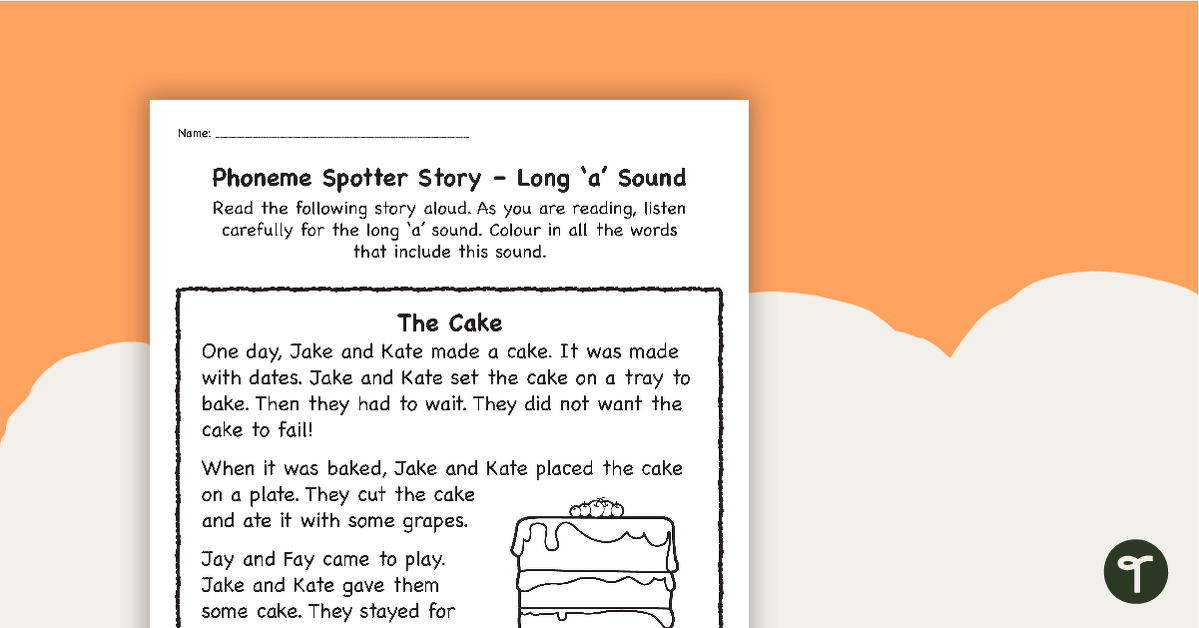

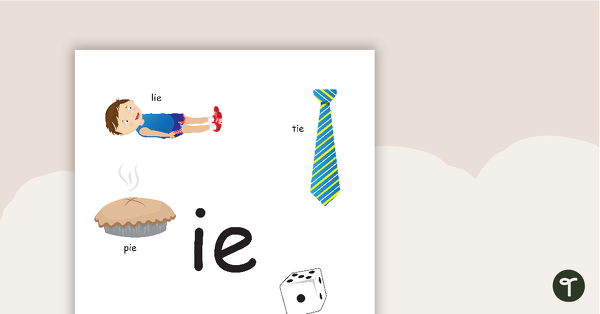
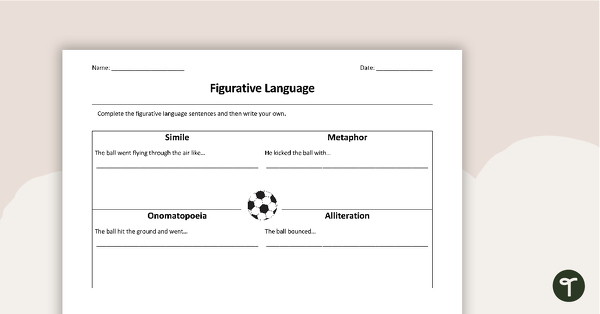
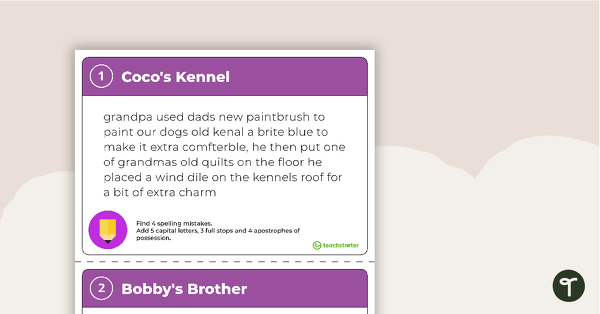
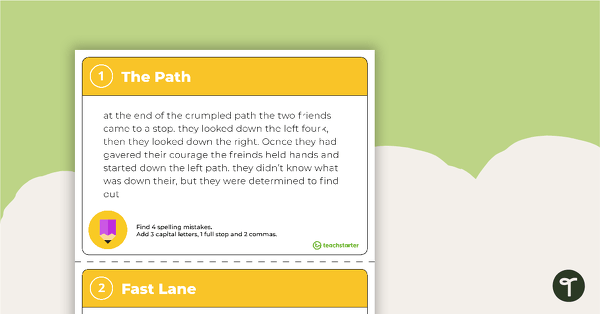
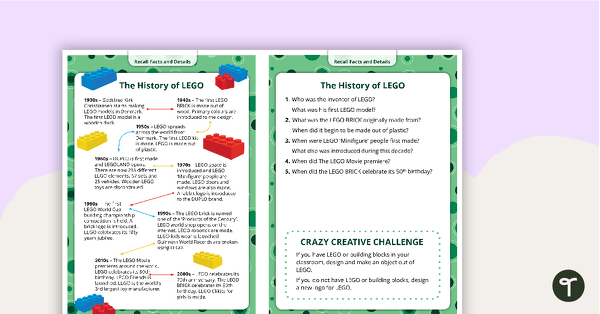
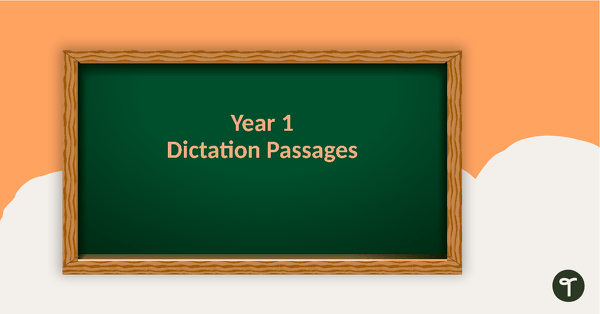
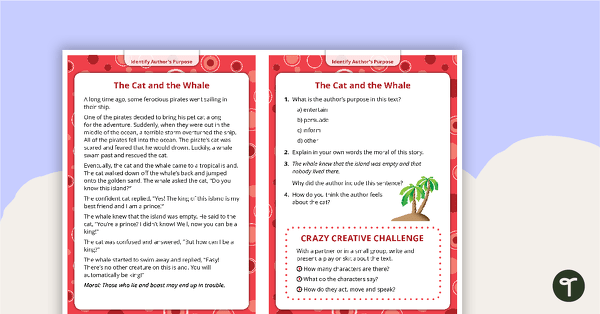
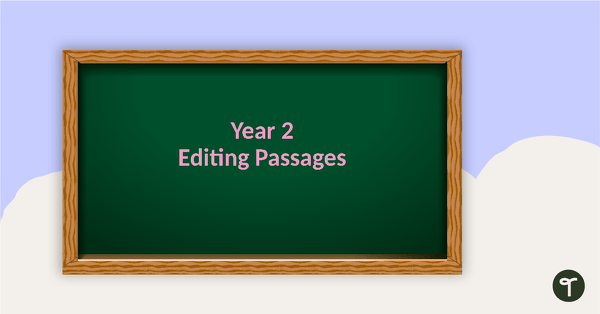
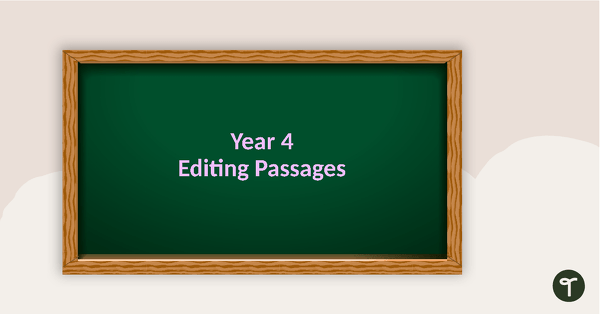

0 Comments
Write a review to help other teachers and parents like yourself. If you'd like to request a change to this resource, or report an error, select the corresponding tab above.